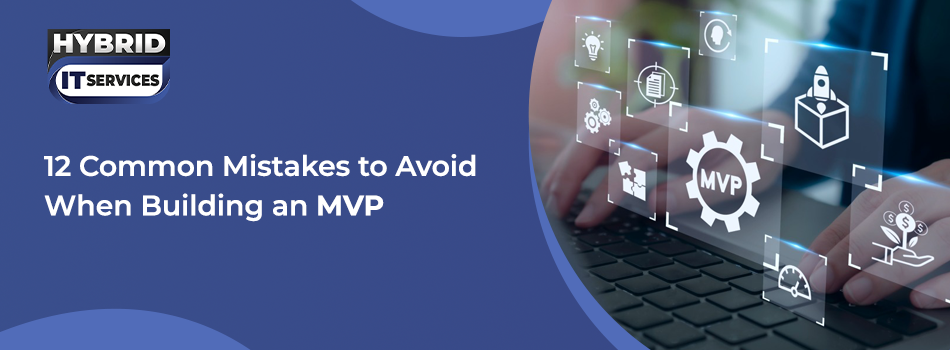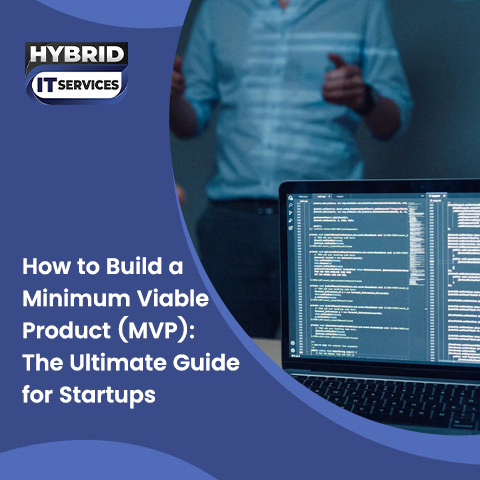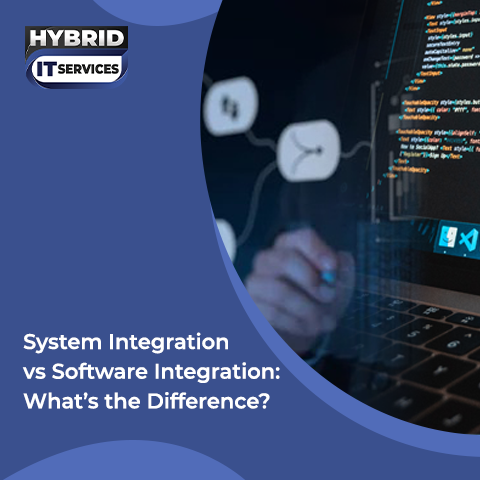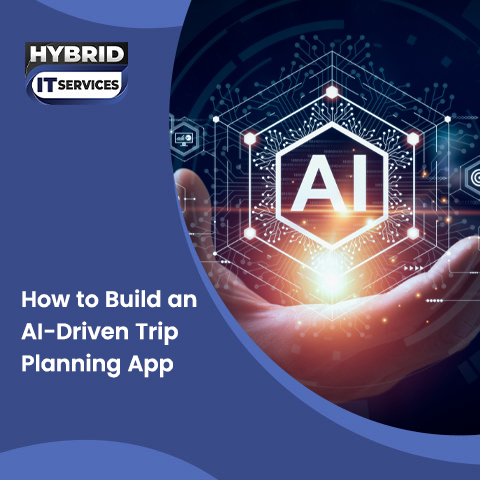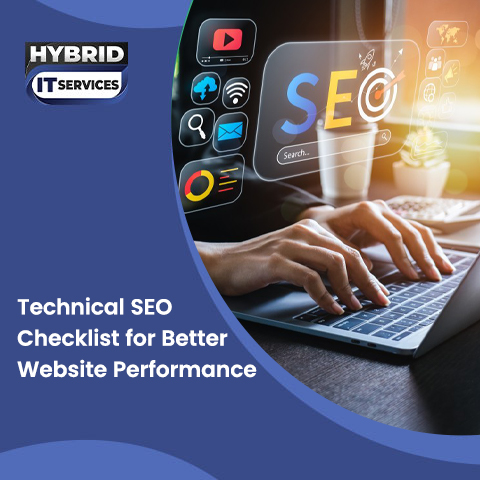Selecting to create MVP software development is a wise decision for startups and big businesses alike. It validates ideas, saves costs, and minimizes time-to-market. However, while the idea of an MVP may look easy enough to build to test an idea, it is still easy to fall into preventable pitfalls. Some of the errors can delay your product by months, while others can make it fail completely.
Hybrid IT MVP services take you through the most prevalent Common MVP mistakes so that you can learn from them, avoid them, and create improved products.
12 Common Mistakes to Avoid When Building an MVP
One of the most perilous errors in building MVPs is beginning with a great product idea and then going out to search for a problem that it solves. That's the wrong order. Great products start with a well-delineated problem. You should only proceed to contemplate how your solution solves it after you have discovered a pain point in the real world. If you cannot answer that with evidence and certainty, it's time to start over. Let’s see common mistakes in MVP development:
Skipping Market Research
You can’t build a viable product in a vacuum. Research is your first tool for reducing risk. Before writing a single line of code, take the time to understand your market.
- Know your audience.
- Who are your users?
- What are their habits, pain points, and goals?
- Without this information, you’re guessing.
- And that’s expensive.
Research your competitors as well. What are they doing right? Where are they lacking? That information can inform your value proposition and assist in creating a distinct position in the market. Keep in mind: research is not a singular activity; it's continuous.
Here is a complete guide for you to read: How to Build a Minimum Viable Product (MVP): The Ultimate Guide for Startups
Adding Too Many Features
Simplicity is one of the greatest principles of MVP app development. However, too many teams fall into feature creep giving it more and more features "just to make it better." That's a trap.
Your MVP product development needs to deliver a core solution to a core problem. Everything else is secondary. When you give it too much, you drive up costs, push out your launch, and make your users confused.
To prioritize features:
- Define the one or two critical features that represent your value proposition.
- Leave the "nice-to-haves" for later releases.
Shipping an Unusable Product
Yes, it's a minimum viable product. But "minimum" does not equate to broken, buggy, or badly designed. Your MVP should still adequately solve the user's problem despite having limited features.
Users will critique your product on its performance, usability, and design. If it's difficult to use, they won't mind that it's early-stage they'll simply depart. Always test for:
- Functionality
- User experience
- Clean, intuitive interface
- Make sure your MVP is polished enough to evoke trust.
Security Overlook
Security isn't optional even at the MVP software development phase. If your app will be taking user data, even simple personal details, you have an obligation to safeguard it.
Security overreaches can result in data breaches, legal trouble, and lost credibility. Get clear security policies established from the first day. This includes data encryption, user authentication, and privacy regulation compliance specific to your market.
Taking Too Long to Ship
MVPs should be fast, slim tests. Delaying too long defeats the whole point. The idea is to get to market quickly, test your hypotheses, and iterate on real feedback. If you wait for perfection, you could lose your window of opportunity, or worse, somebody else will get to market first. Give it speed over polish, but never at the expense of usability and value.
Creating a Disposable Product
It's easy to take shortcuts to ship quickly across no-code platforms, pre-existing templates, or shoddy tech stacks. It's okay for early validation, though; don't go ahead and create something you'll have to throw away in the future.
Your MVP app mistakes must be scalable. A proper technical foundation enables you to grow the product rather than having to rebuild it. Work with agility but also with foresight.
Avoid Skipping Monetization Planning
An MVP isn't necessarily designed to turn a profit immediately, but it should eventually.Knowing your market and audience sets you up to position your MVP for long-term profitability, whether that phase is three steps down the line or not.
Mismanaging Your Budget
It's tempting to lowball MVP costs, particularly if you're under pressure to launch. But excessive spending will drain your resources before your product ever gains traction.
Record every expense. Spend on necessities first. Cut corners on items such as useless features, overhiring, or high-end office space. A cash cushion ensures you can absorb unexpected setbacks in the future.
Collecting Feedback, Then Ignoring It
One of the greatest assets in MVP app development is feedback, but only if you do something about it. Get users to easily provide feedback, then actually do something with that feedback.
Segment feedback. Search for patterns. Rank changes in order of business value. What users complain about isn't always what's most valuable to change, so bridge feedback with behavior analytics.
Stopping the Learning Process
Your MVP software development is just the beginning. It should mark the start of a continuous loop: build, test, learn, improve. The most successful companies are the ones that keep this loop alive long after launch. Keep track of what you’ve tried, what worked, and what didn’t. Maintain a living document of learnings to guide future decisions. Stay humble and open to pivots; you never know where your users will take you.
Overhyping Your Product
Be truthful about where your product is at. Get the message out about what your MVP does particularly well, rather than what it may do one day. Honesty establishes long-term relationships with initial users.
Working With the Wrong Team
The individuals you hire during MVP development can either make or break your product. A bad team can result in missed deadlines, defective execution, and runaway budgets.
If you do not have the technical talent within your organization, hire a seasoned MVP development team such as Hybrid IT Services. We offer not only talented developers but also strategic advice from having successfully built dozens of MVPs. Employing professionals will save you time, money, and grief.
Conclusion
Creating an MVP is a great idea but only if done well. By steering clear of these typical mistakes, you stand a better chance of creating a lean, effective, and ready-to-grow product.
At Hybrid IT Services MVP services, we assist businesses in converting their ideas into tested products at speed and quality. As an early-stage entrepreneur or scale-up business, we're here to support your MVP process every step along the way. Consult now to begin your MVP adventure with us.

